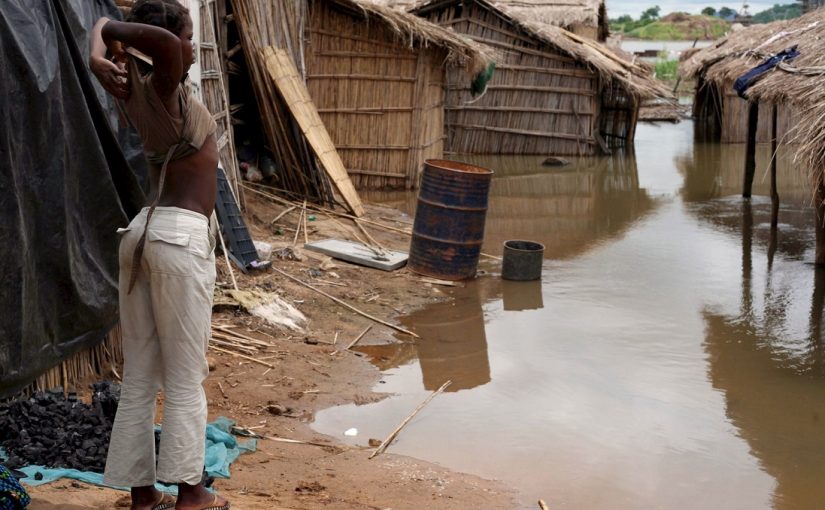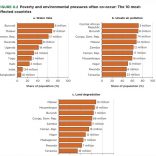Mozambique: Buffaloes, elephants and hippos continue to sow panic in Marromeu
Mozambique | Rainy season is around the corner: Authorities warn of flood risk in areas near rivers

File photo: Lusa
The National Water Resources Management Department warned on Thursday of the risk of flooding in areas near the Umbeluzi, Maputo and Incomáti rivers from October, the month in which the rainy season begins in Mozambique.
“The situation is a bit worrying and we will have to take some measures depending on what the evolution of things will be in the first 15 days of October, the official start of the rainy season,” said the head of the Hydrographic BasinsDepartment, Agostinho Vilanculos, quoted by Radio Mozambique today.
At stake is the increase in water levels in the main reservoirs in Maputo, particularly the Pequenos Limbombos and Corumana dams, which currently have storage levels at 80 percent.
According to the head of the Hydrographic Basins Department, with the start of the rainy season, water levels will increase, which will require the sluices to be opened to relieve pressure.
The National Water Resources Management Department calls on those living in areas near these rivers to take decisions to prevent the impact of possible flooding.
Also the Cahora Bassa Hydroelectric Power Station (HCB), in central Mozambique, will start carrying out discharges, from October 1, to relieve pressure in view of the beginning of the rainy season in the country.
“We already have forecasts of what the rainy season could be and this gives us a greater level of confidence that we will have water to receive. It needs to find space in the reservoir to be accommodated so as not to generate flooding downstream,” said the HCB Director of Water Resources and Environment, quoted by daily newspaper Notícias.
Between the months of November and April, Mozambique is cyclically hit by cyclonic winds coming from the Indian Ocean and by floods originating in the southern African basins.
The natural disasters that affected Mozambique last rainy season caused a total of 142 deaths and affected around 1 million people, according to figures released in August by the National Institute for Disaster Risk Management and Reduction.













Leave a Reply
Be the First to Comment!
You must be logged in to post a comment.
You must be logged in to post a comment.